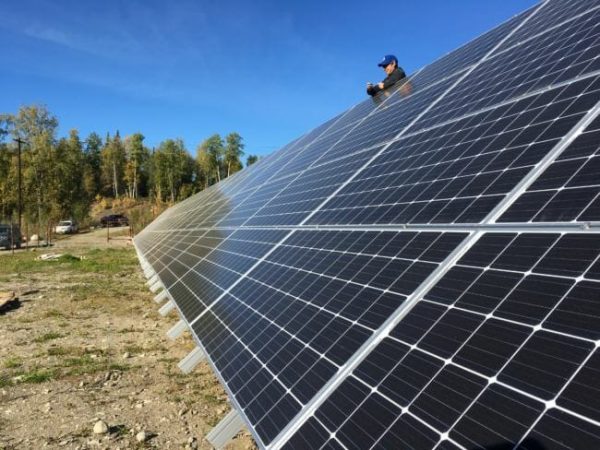
ANCHORAGE, Alaska (AP) — Gov. Mike Dunleavy has signed legislation that will align electric utilities in Alaska’s most populated regions.
The measure directs six electric utilities to establish a new organization to plan and manage integrated operations, The Alaska Journal of Commerce reported Tuesday. The Republican governor signed the law late last month.
The effort to maximize the efficiency of the interconnected system in the Railbelt, the communities connected by the Alaska Railroad stretching from Fairbanks to Seward on the Kenai Peninsula, is a culmination of more than five years of technical analysis and delicate negotiations.
Regulatory Commission of Alaska Chair Bob Pickett said the law will help provide Railbelt region residents with more reliable and effective power service.
“A cooperative effort of legislative leadership, the RCA, utilities, independent power producers and other public interest representatives contributed to this successful outcome, which started in 2014 at the direction of the Legislature,” Pickett said in a statement.
The legislation will “foster cooperation among the interconnected utilities and ensure consumer needs are efficiently and reliably met,” said Republican Sen. John Coghill, chair of the Railbelt Electric System Committee that drafted the legislation.
The general managers and CEOs of the regional utilities signed a memorandum of understanding outlining how they would form an electric reliability organization called the Railbelt Reliability Council, which would be governed by a board of utility representatives and stakeholders.
The law is expected to integrate long-term planning among the utilities and provide a consistent path for renewable power producers to access the regional transmission system.
“It will create a better environment for renewable energy development, create efficiencies that will lower electric costs for consumers and allow Alaskans to have a say on what projects are built in the future,” Renewable Energy Alaska Project Executive Director Chris Rose said.




